How Do Drones Fly?
Drones, also known as unmanned aerial vehicles (UAVs), have become increasingly popular in various fields, from recreational use to professional applications such as aerial photography, agriculture, and even delivery services. Understanding how drones fly involves delving into the principles of aerodynamics, the components that make up a drone, and the technology that allows for their precise control. This article will explore these aspects in detail, providing a comprehensive understanding of the mechanics behind drone flight.
The Principles of Aerodynamics
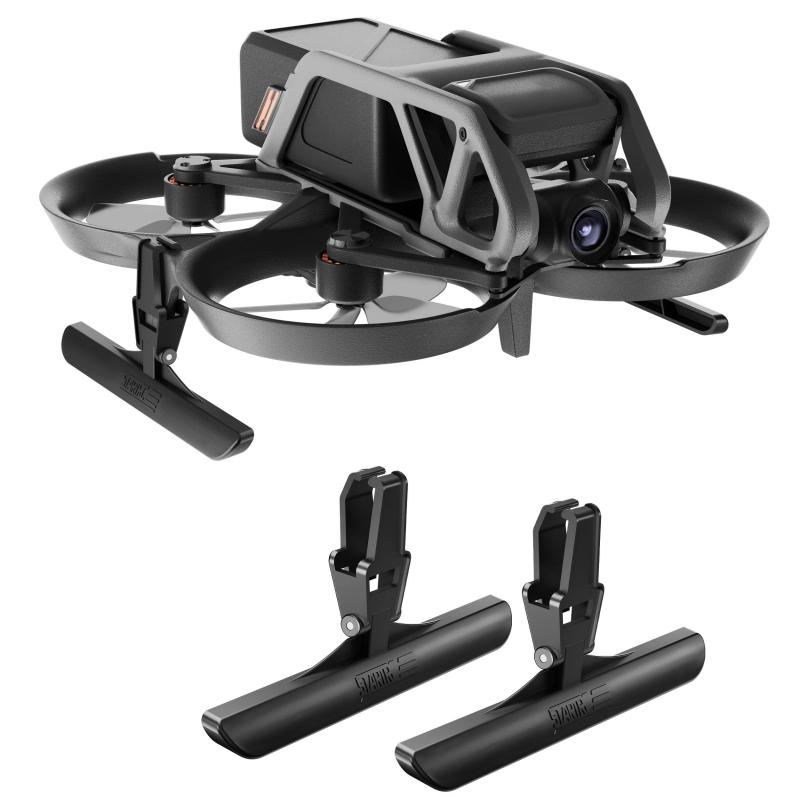
At the core of drone flight are the principles of aerodynamics, which govern how objects move through the air. For a drone to fly, it must generate lift, which counteracts the force of gravity pulling it down. Lift is produced by the drone's propellers, which are designed to create a difference in air pressure above and below the blades. When the propellers spin, they push air downwards, creating an upward force that lifts the drone off the ground.
The four main forces that affect a drone's flight are:
1. Lift: The upward force generated by the propellers.
2. Weight: The downward force due to gravity.
3. Thrust: The forward force produced by the propellers.
4. Drag: The resistance force that opposes the drone's motion through the air.
For a drone to hover, the lift must equal the weight. To move forward, backward, or sideways, the drone must adjust the balance between thrust and drag.
Components of a Drone
Several key components work together to enable a drone to fly:
1. Frame: The structure that holds all the components together. It must be lightweight yet strong enough to withstand the forces during flight.
2. Propellers: These are the blades that spin to create lift. Most drones have four propellers arranged in a quadcopter configuration, but there are also hexacopters (six propellers) and octocopters (eight propellers).
3. Motors: These power the propellers. Brushless motors are commonly used in drones due to their efficiency and durability.
4. Electronic Speed Controllers (ESCs): These regulate the speed of the motors, allowing for precise control of the drone's movement.
5. Flight Controller: The brain of the drone, this component processes input from the pilot and sensors to control the motors and maintain stable flight.
6. Battery: Provides the power needed for the motors and electronics. Lithium-polymer (LiPo) batteries are commonly used due to their high energy density.
7. Sensors: These include gyroscopes, accelerometers, and GPS modules, which help the flight controller maintain stability and navigate.
How Drones Achieve Stable Flight
Achieving stable flight requires precise control of the drone's orientation and position. This is accomplished through a combination of sensors and algorithms within the flight controller. Here are some key aspects of how drones maintain stability:
1. Gyroscopes and Accelerometers: These sensors detect changes in the drone's orientation and acceleration. The flight controller uses this data to make real-time adjustments to the motor speeds, ensuring the drone remains level and stable.
2. PID Control: Proportional-Integral-Derivative (PID) control algorithms are used to fine-tune the drone's response to changes in orientation and position. These algorithms continuously adjust the motor speeds to correct any deviations from the desired flight path.
3. GPS and Compass: For drones equipped with GPS, the flight controller can use satellite data to maintain a fixed position (known as GPS hold) or navigate to specific waypoints. The compass helps the drone maintain its heading.
4. Barometer: This sensor measures air pressure to determine the drone's altitude. The flight controller can use this data to maintain a consistent altitude or execute programmed altitude changes.
Controlling a Drone
Pilots control drones using a remote controller, which communicates with the flight controller via radio signals. The remote controller typically has two joysticks and several buttons or switches. The joysticks control the drone's movement in four directions:
1. Throttle: Controls the altitude by adjusting the overall speed of the propellers.
2. Yaw: Rotates the drone around its vertical axis, changing its heading.
3. Pitch: Tilts the drone forward or backward, controlling forward and backward movement.
4. Roll: Tilts the drone left or right, controlling sideways movement.
Advanced drones may also have additional features such as automated flight modes, obstacle avoidance, and return-to-home functions, which enhance the pilot's control and safety.
Practical Applications of Drones
Understanding how drones fly is not just an academic exercise; it has practical implications for various industries. Here are some examples of how drones are used in different fields:
1. Aerial Photography and Videography: Drones equipped with high-resolution cameras can capture stunning aerial images and videos, providing unique perspectives for filmmakers, photographers, and real estate agents.
2. Agriculture: Drones can monitor crop health, assess irrigation needs, and even apply pesticides or fertilizers with precision, improving efficiency and reducing costs.
3. Delivery Services: Companies like Amazon and UPS are exploring the use of drones for delivering packages, potentially reducing delivery times and costs.
4. Search and Rescue: Drones can quickly cover large areas and access hard-to-reach locations, aiding in search and rescue operations.
5. Infrastructure Inspection: Drones can inspect bridges, power lines, and other infrastructure, providing detailed images and data without the need for costly and dangerous manual inspections.
Drones have revolutionized many aspects of modern life, from entertainment to industry. Understanding how drones fly involves a combination of aerodynamics, engineering, and advanced technology. By mastering the principles of lift, thrust, and stability, drones can perform a wide range of tasks with precision and efficiency. As technology continues to advance, the capabilities and applications of drones are likely to expand even further, making them an increasingly integral part of our world. Whether you're a hobbyist, a professional, or simply curious about the mechanics of flight, the fascinating world of drones offers endless opportunities for exploration and innovation.



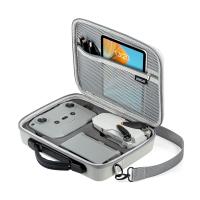

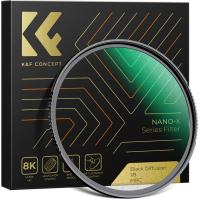

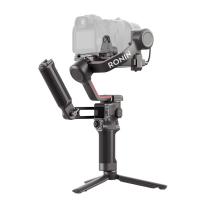
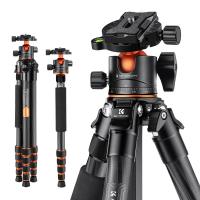
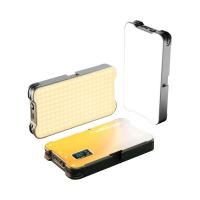
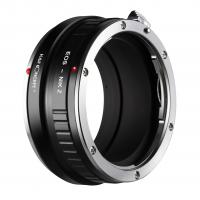



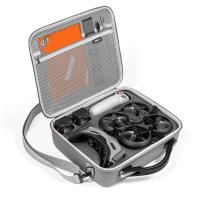
There are no comments for this blog.